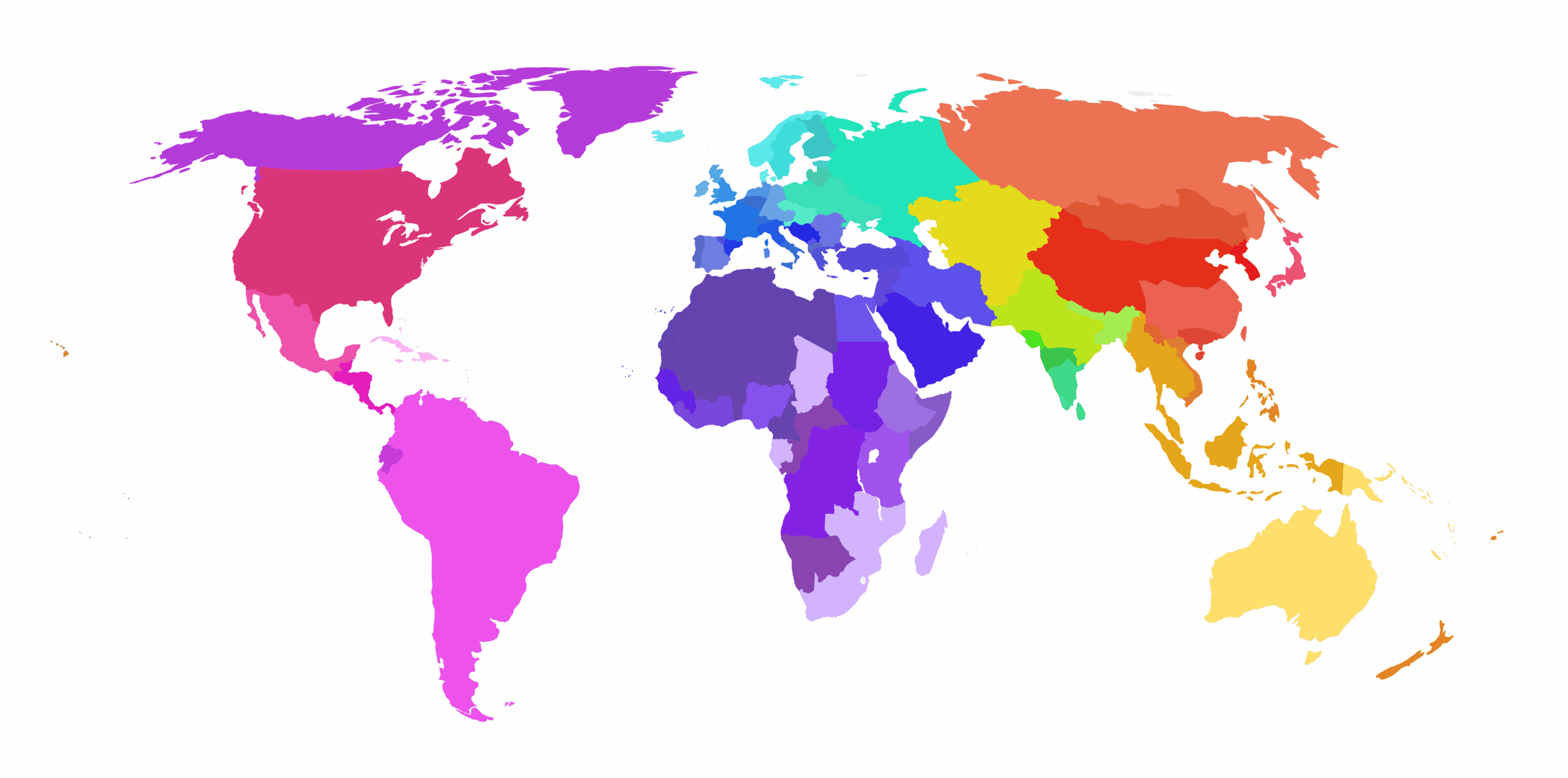Roy King is a clinical psychiatrist at Stanford University. He’s also a scholar who uses genetics and archaeology to figure out how agriculture spread through Anatolia and the Mediterranean region of Europe more than 10,000 years ago.
Now Roy has another genetic puzzle to consider — himself.
With the help of 23andMe, he can now see how his own family tree — which has African American, Native American and Ashkenazi Jewish branches — is reflected in his genome.
Roy recently sat down with some of 23andMe’s scientists to look at his Ancestry Painting. (You can watch video of his conversation with 23andMe’s Matt Crenson below.)
An element of our Personal Genome Service, Ancestry Painting examines the 22 bi-parentally inherited chromosomes one segment at a time and determines for each stretch whether it was most likely inherited from ancestors in Africa, Europe or Asia. Roy’s painting is one of the most colorful our scientists have ever seen — an intricate patchwork of blue, orange and green. The colors indicate which segments of Roy’s DNA he inherited from ancestors in Europe, Asia and Africa respectively.
Though the pattern may look random to the untrained eye, it actually reveals a wealth of information about Roy’s ancestry. It also confirms a lot of what he has discovered in researching his genealogy.
For example, Roy has found records indicating that two 19th-century ancestors on his mother’s side were Native American. The orange stretches in his Ancestry Painting support that account. Native Americans tend to have predominantly orange paintings, with a smattering of blue indicating their descent from Ice Age hunters who lived in Siberia, a part of Asia with some European genetic influence.
According to Roy’s family tree about one-quarter of his ancestry should trace to Europe, because his paternal grandfather was an Ashkenazi Jewish man from New York City.
His other three grandparents were African American.
So why does his Ancestry Painting indicate 51% European ancestry, rather than something closer to 25%?
The reason is that like most African Americans, Roy has some European ancestry from the pre-Civil War era. Roy’s genealogical research suggests, for example, that his great-grandmother may have been the daughter of a white man who raped his great-great-grandmother. Another of Roy’s great-great grandmothers came from New Orleans, where research has shown that the African Americans average about 20% European ancestry.
For an illustration of how a person’s Ancestry Painting and family tree match up, take a look at this illustration of Roy’s pedigree.
Instead of labeling each oval (indicating a female) or square (male) with names and birthdates, we’ve given them colors. Green indicates a person who would typically be considered African American, blue a person of European descent and orange a Native American.
There appears to be more green in Roy’s family tree compared to his Ancestry Painting, due to the presumed presence of European ancestry among some of Roy’s African American ancestors. But other than that, the two illustrations of his ancestry look remarkably similar.



